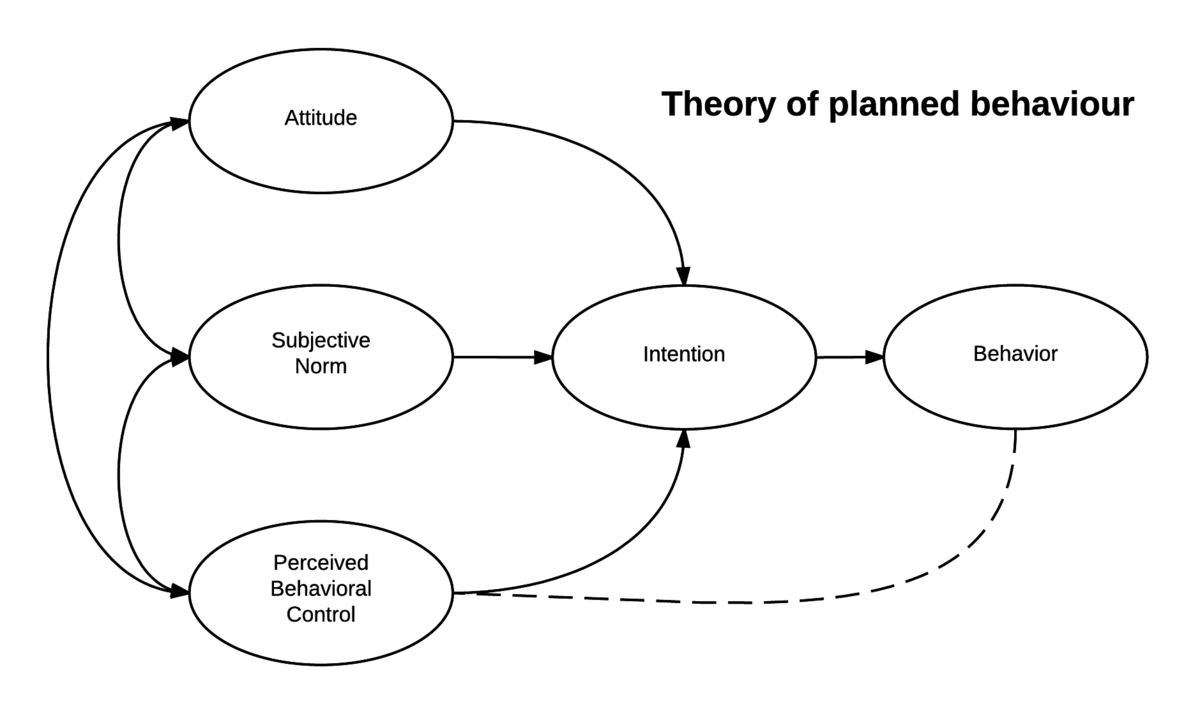“What Payeng has done is to show that a single person can make a measurable, positive impact on the environment” – William Douglas McMaster, Canadian filmmaker
In 1979, Molai joined the local forestry division in a five-year plan to combat sandbar erosion by planting trees along a 200 hectare islet. Three years in, the forestry division withdrew from the project, leaving Molai as the sole “reforester”. How could Molai have eventually succeeded where an entire state department, with its resources and manpower, failed? Psychological models could provide an explanation.
The Theory of Planned Behaviour states that behavioural intentions are formed by attitudes, subjective norms, and one’s perceived control, and that behavioural intentions are strong predictors of action. Many of us possess proenvironmental attitudes. However, as we see major environmental issues as beyond our individual control, we often do not act on these concerns.

Model of the Theory of Planned Behaviour, By Robert Orzanna – Own work, CC BY-SA 4.0, Link
Interestingly, Molai did not begin his mission with the expectation that his “small initiative would make such a difference one day” (Walling, 2017). Maybe it was Molai’s modest intentions, and the small incremental nature of his objectives that gave him a greater sense of control, driving his tireless reforestation efforts. If he had started out with the lofty goal of planting a 1,360 acre forest, he might have easily become daunted by the task and quit as the forestry division did before him. Now, with greater confidence in his abilities due to the success of the Molai forest, Molai sets his sights on the neighbouring Mekhai islet, where he has begun planting his second forest.